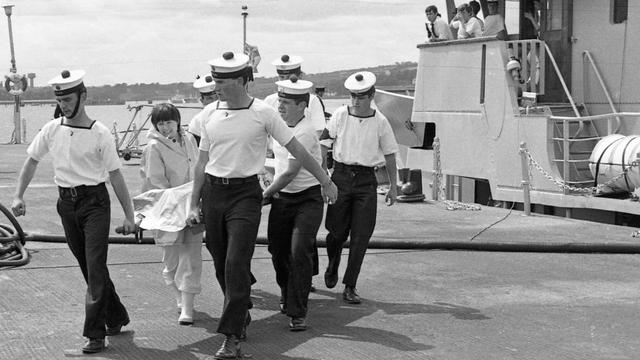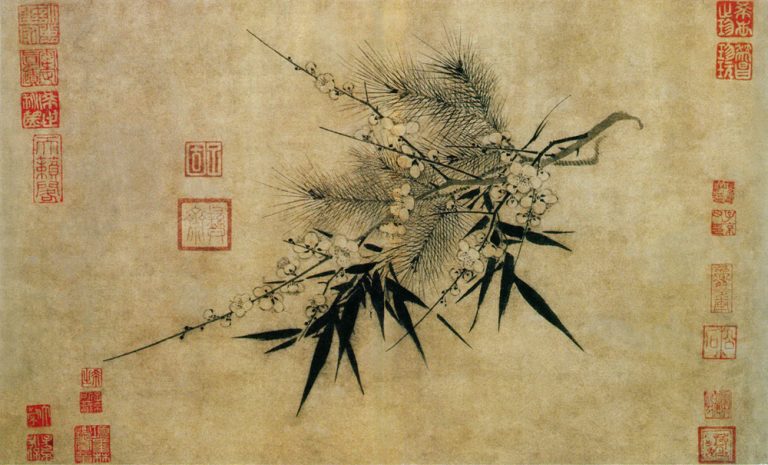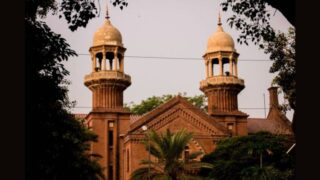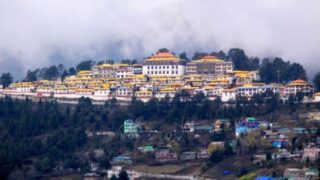Violent extremists claiming the Sikh homeland in India should become an independent state remain a problem in Canada and other countries.
by Massimo Introvigne


On September 14 a prominent Hindu temple, which belongs to the Swaminarayan movement, has been defaced with graffiti in Toronto, Canada. It would look like one among many hate crimes targeting places of worship and perpetrated by religious extremists, but in this case there is something more.
The incident has been blamed on the Khalistan Movement, which has claimed dozens of similar attacks in Canada and elsewhere. The attack, thus, is the opportunity to ask some important questions: what is the Khalistan Movement? And who are its supporters?


India and Pakistan host an extraordinary mosaic of religions: Hindus, Muslims, Sikhs, Jains, Buddhists, Christians. Their coexistence has never been easy, due to the heritage of British colonialism, the Partition between India and Pakistan, and even older factors. The Sikhs are a minority in both India and Pakistan, although a majority in certain areas. They are discriminated in Pakistan, as are Hindus and Christians, and there have certainly been tensions in India as well. Sikh organizations may have legitimate grievances.
However, the Khalistan Movement is not representative of the Sikh community as a whole, nor of its majority. In the 1940s, when Britain started preparing the Partition and the creation of India (with a Hindu majority) and Pakistan (with a Muslim majority) as separate states, some Sikh intellectuals started dreaming of a third state for the Sikhs, including large portions of what are now the Punjab state in India and the Punjab province in Pakistan. They called the proposed Sikh state “Khalistan.”


However, it quickly emerged that the political conditions for the establishment of an independent Sikh state were non-existing. The only movement of Sikhs that happened at the Partition was that many Pakistani Sikhs moved to India, feeling safer there. Khalistan was a lost cause in India, but one that was supported by wealthy Sikhs in the Western diaspora.
Although not many outside Punjab had heard the name of the Khalistan Movement before the 1980s, money from abroad continued to flow. With this money, the Khalistan Movement bought weapons and gradually transformed itself into a terrorist movement. In the early 1980s, it was responsible of more than 1,000 terrorist attacks in India, with more than 400 casualties. The attacks did not target Indian officers and institutions only, but also those more moderate Sikhs who opposed the Khalistan project.


In 1984, then Prime Minister Indira Gandhi ordered the Indian Army to enter the most sacred Sikh site, the Golden Temple in Amritsar, to displace from them a Sikh religious leader connected with the Khalistan Movement, Jarnail Singh Bhindranwale, and his heavily armed followers. They resisted. In the end, 493 were killed in the incident, including Bhindranwale himself and 83 Indian soldiers. Indira Gandhi was in turn assassinated by two Sikh bodyguards on October 31, 1984, as a retaliation for what had happened in Amritsar.
Pro-Khalistan terrorism continued, and in 1985 Canadian affiliates of the Khalistan Movement blew up Air India flight 182 en route from Montreal to London through a bomb hidden in a checked bag. The bag’s owner came from a connecting flight and managed not to board the ill-fated Air India 182, which led to new rules that make shipping luggage but not boarding the corresponding flight impossible today. All the 329 passengers and crew members of Air India 182 died. It was the deadliest terrorist attack involving planes before 9/11.


Repression by the Indian security forces greatly reduced the activities of the Khalistan Movement in India, but it continued to operate abroad. In 1995 and in 1998, in Canada two Sikh journalists who had criticized the Khalistan Movement were assassinated.
Today the majority of Sikhs, including in the diaspora, have abandoned the dream of an independent Khalistan and repudiate the radicalism and violence of the Khalistan Movement. However, it has still supporters, some of them influential.
Ideally, one should be able to draw a clear distinction between legitimate Sikh organizations protecting the interest of Sikhs in India and in the diaspora and the Khalistan Movement with its radical political program and heritage of violence and murder. However, areas of ambiguity remain. It would certainly be in the best interest of moderate Sikh organizations to disassociate themselves from the Khalistan Movement and with the extremist fringes, both in Canada and in Europe.
It is also the case that radicalism and terrorism create troubled waters where foreign intelligence services easily fish. Rumors that Pakistani intelligence service ISI (Inter-Services Intelligence) secretly sponsors the Khalistan Movement are often heard. The fact that the Canadian branch of the movement operates more or less freely also poisons the relationship between India and Canada.
There is clearly a difference between desecrating Hindu temples and blowing up planes with more than 300 passengers aboard. However, we all learned the lesson that hate speech generates hate crimes. It is a lesson the Canadian authorities should also consider.









